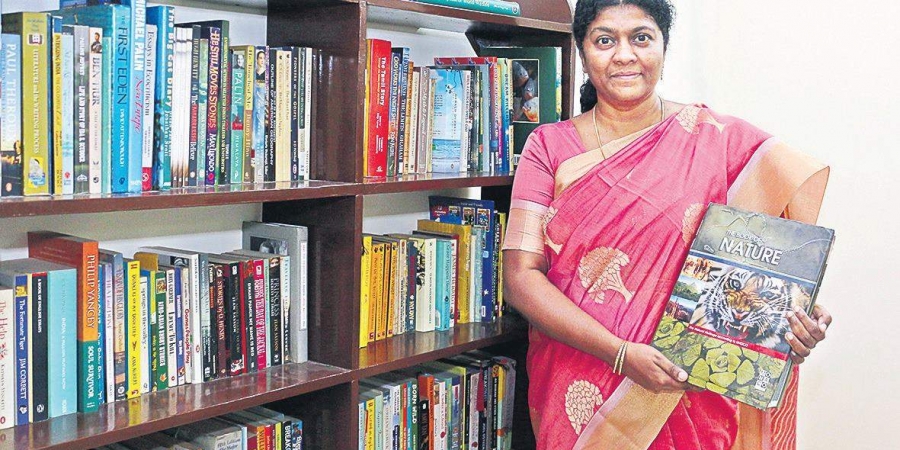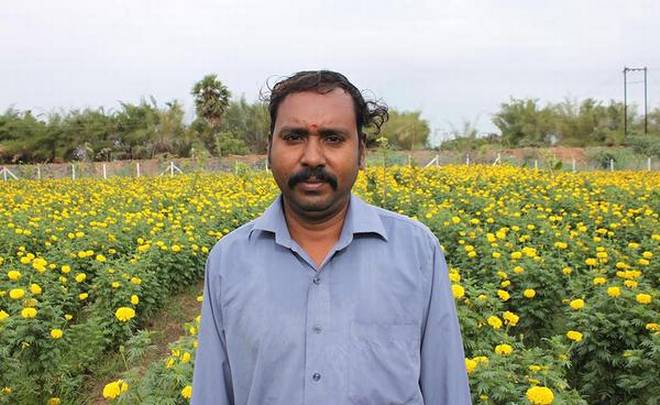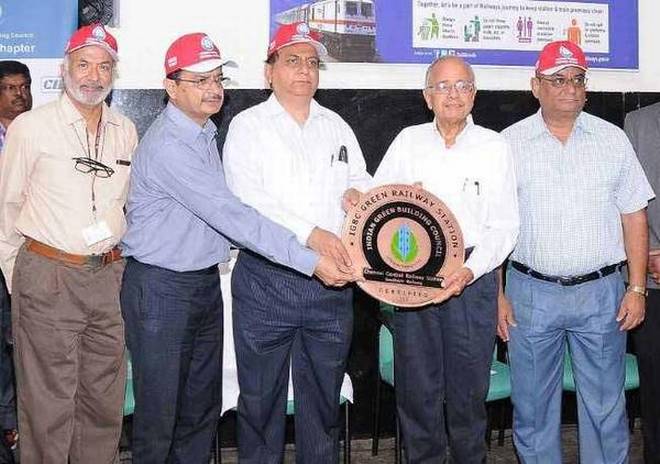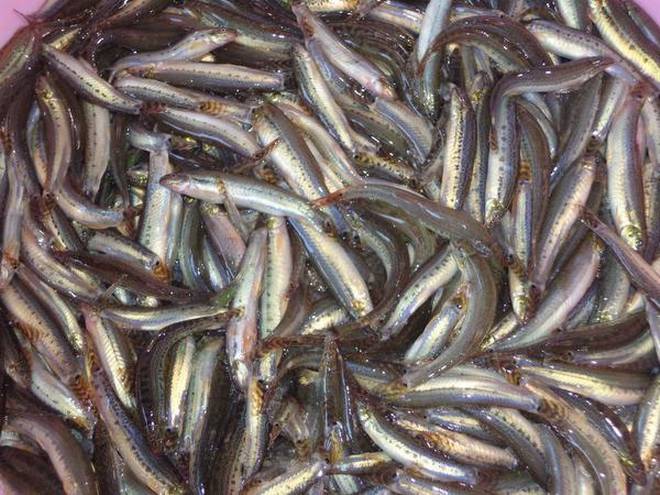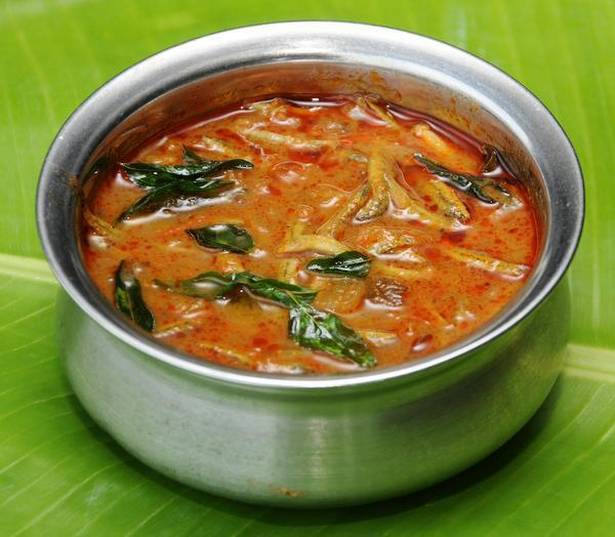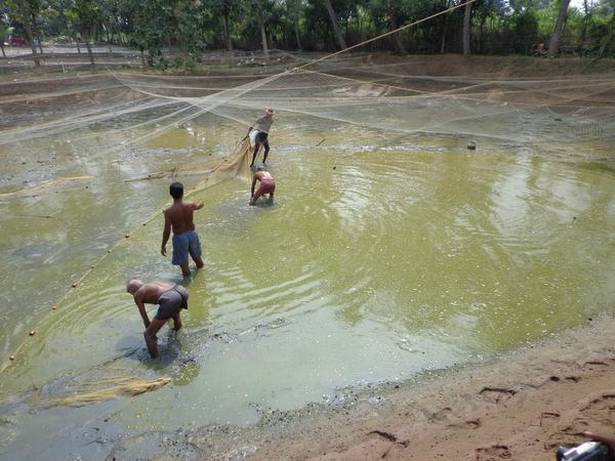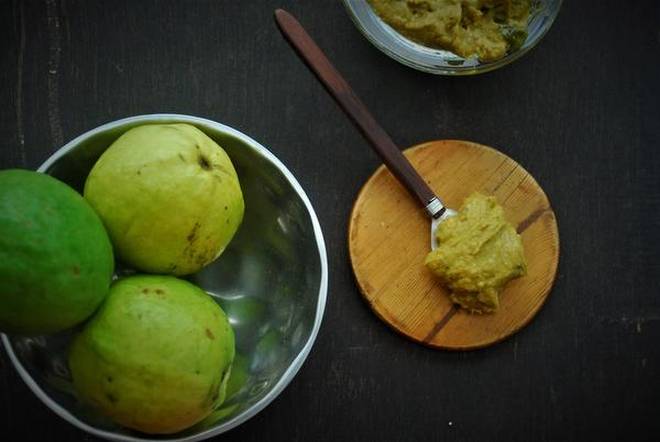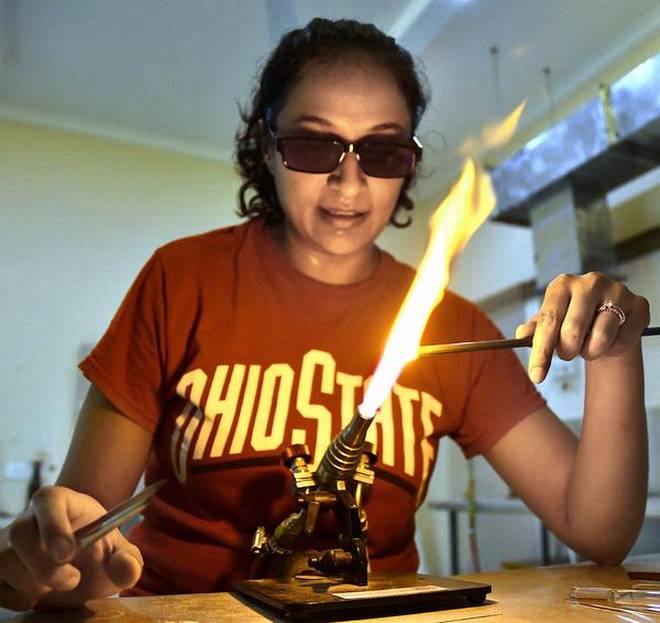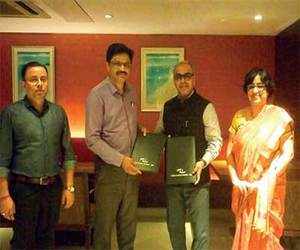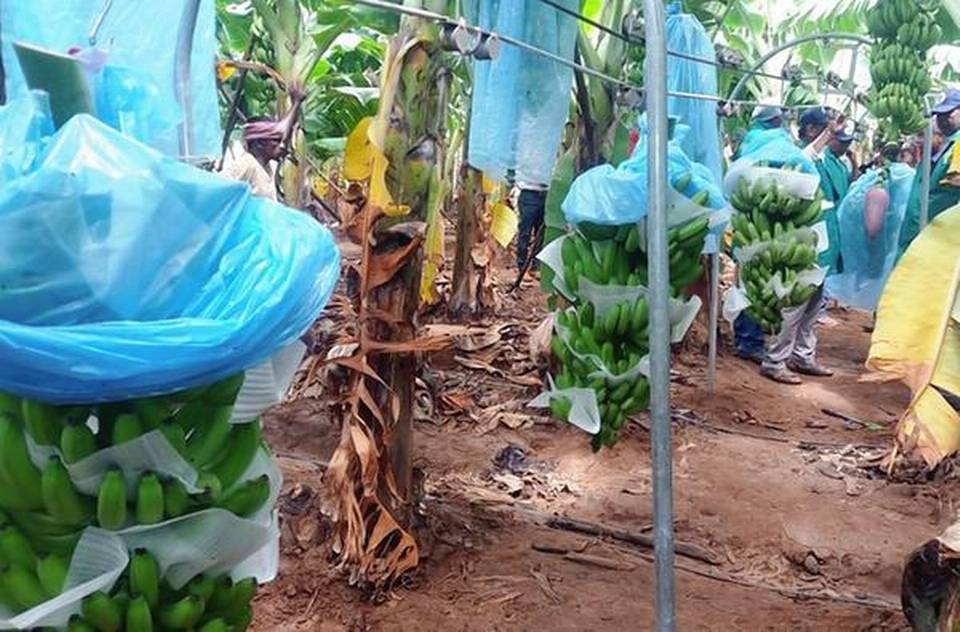
Thanks to a unique post-harvest handling system, a consignment will soon reach Italy
Despite India’s standing as one of the major banana-producing countries in the world, Tamil Nadu couldn’t export its produce by air given the fruit’s weight (making it uneconomical), its short shelf life and the European standards that lay emphasis on minimum human handling.
To counter this challenge, the Tamil Nadu Agricultural University in Coimbatore, in collaboration with the Tamil Nadu Banana Growers Federation, has developed a unique post-harvest handling system — the cable way conveyor. The Port of Trieste, Italy, offered financial support for developing the system.
Thanks to the initiative, the first consignment of bananas grown in the State was flagged off for export to Italy on Wednesday.
“The new system reduced the post-harvest loss. From the farm to packing-house, we managed with conveyors. The 24-day journey to Europe was the next step in the sequence,” explained Agriculture Secretary Gagandeep Singh Bedi.
The ‘cable way conveyor’ could be used in large farms for transporting both farm inputs and produce. It will help in exporting India-grown varieties like grand naine, red banana, ney poovan and nendran.
During the pioneering attempt, banana bunches with a sample size of about 400 kg were harvested at a farm in Kudalore in Theni district. They were then transported to the University of Udine, Italy, on an experimental basis. “After the positive results that we met with, we went ahead with the idea,” Mr. Bedi added.
As part of efforts to send the consignment to Europe, a ‘static inland simulation trial’ was conducted in Chennai by keeping a container fully stuffed with banana-packed pallets under climate-controlled atmosphere for three weeks. The National Research Centre for Banana, Maersk and the Tamil Nadu Banana Growers Federation too were part of the initiative.
The first consignment of grand naine variety from Theni district, produced and packed using the ‘post harvest protocol’, is to start its sea leg of the journey from Kochi in Kerala on November 1, according to an official release.
source: http://www.thehindu.com / The Hindu / Home> News> States> Tamil Nadu / by Special Correspondent / Chennai – November 01st, 2018
